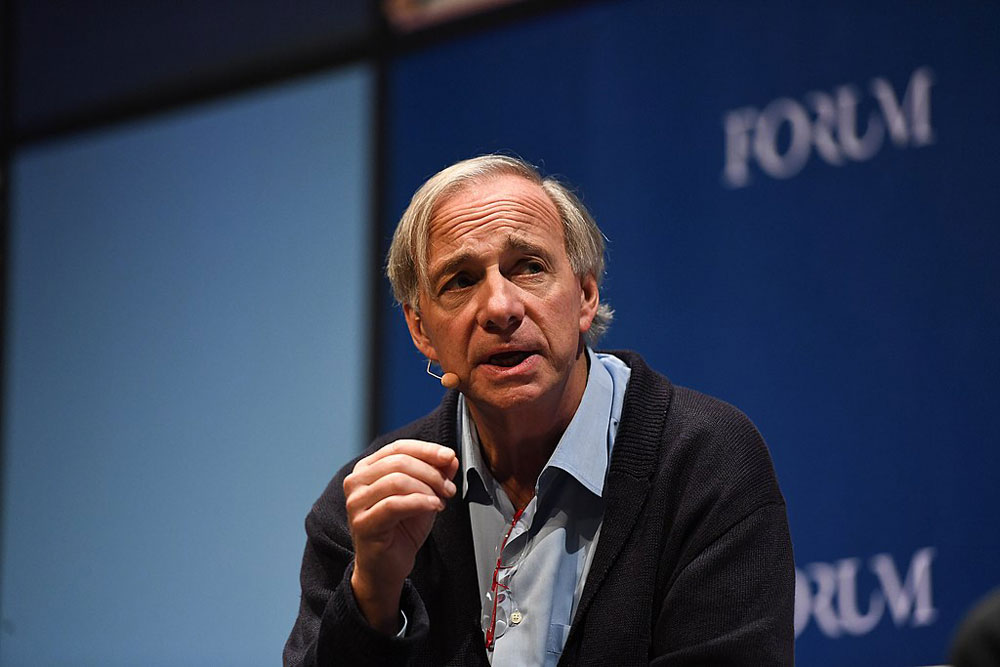
June 27, 2019; Associated Press
As details of a new partnership between the state of Connecticut and Dalio Philanthropies have trickled out, some questions have arisen. Is this an end-run around public involvement, or a way to spur needed innovation? Is it a way to increase the resources available to accomplish an important public good, or a harmful transfer of the public’s interest to private control?
The partnership, which was announced with great fanfare in April, promises to match $100 million in public funds with $200 million from private sources to strengthen “public education and promote greater economic opportunity in Connecticut.” The focus was on the good it could produce in a state where too few children received the education from their public schools they needed and deserved. According to Governor Ned Lamont’s press release, “The partnership will benefit residents of Connecticut’s under-resourced communities, with a specific focus on communities where there is both a high poverty rate and a high concentration of youth (14–24) who are showing signs of disengagement or disconnection from high school.”
Now, we’re learning more about how this effort will operate. According to the Associated Press, Barbara Dalio, who leads her family foundation’s educational programs, says “the new partnership is not a public agency and is not performing a public function or operating schools. Rather, she [describes] it as a ‘nonprofit charity working to support public school systems and communities.’”
The legislation that authorized the state to fund this new organization specifically defined it as a non-public body that would be exempt from public access requirements. Dalio, whose foundation required this arrangement as a condition of their donation, sees this as a strength, telling the AP that “people will feel more free to be open about disagreeing, coming to consensus,” in private conversations. With four seats on the new nonprofit’s 13-person board, Dalio Philanthropies will surely have a large part in these private deliberations.
Sign up for our free newsletters
Subscribe to NPQ's newsletters to have our top stories delivered directly to your inbox.
By signing up, you agree to our privacy policy and terms of use, and to receive messages from NPQ and our partners.
State Representative Vincent Candelora sees this arrangement in a very different light. “The fact that tax dollars are involved, to me, mandates that there be transparency…any time we’re fulfilling a public service, there must be transparency. Since when does our wealthy community dictate how public policy should be crafted?”
Cadence Willse, a post-doctoral research fellow at Stanford University who has studied philanthropy in education, also saw this structure as against the public’s interests. “I’m not sure how people will be able to understand where their tax dollars are going. Connecticut taxpayers will be on the hook for $20 million a year over five years.”
Proponents of this arrangement agree with the Dalios that $200 million is worth the price of not operating openly, as governmental bodies ought to do. Governor Lamont, who brought this agreement together, notes that this was the largest philanthropic investment the state has ever received. The governor’s spokesperson, Maribel La Luz, tells the AP, “The administration agrees with the Dalio foundation that an independent nonprofit will provide the flexibility to move to make decisions, to have sensitive conversations.” House Speaker Joe Aresimowicz saw it as “a golden opportunity for the state…to partner with individuals who are willing to put up that much money to make the state a better place.” They all agree that the way democratic institutions must operate is not in the public’s real interest.
The Dalios’ approach mirrors that of other mega-donors, an approach that NPQ has deemed problematic because it “limits democratic control over the nation’s public education system. In effect, education philanthropy puts education program design in a few hands who are, by definition, outsiders, and often less expert and less informed than those who are doing the work.” Operating in public, in a democratic framework, is messy. Building consensus about how to take on the intractable problems of race and poverty that come intertwined with any effort to improve public education is slow and hard, but necessary. Philanthropists like Barbara and Ray Dalio see these costs as wasteful. They want, as many of the current generation of mega-philanthropists do, to substitute their personal vision and wisdom for that of the public because they can make better and faster decisions about how our society should function. Their intentions may be good, but the price they ask in return for their generosity is too great. If they want to fix our public systems, they cannot be allowed to do it privately, away from public oversight and control.—Martin Levine













